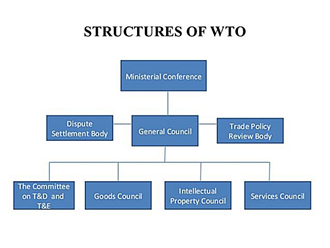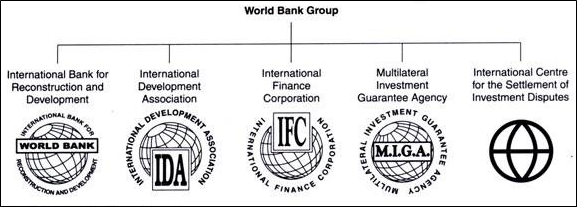They are small, informal associations of people from similar socio-economic backgrounds, mainly women, who come together to collectively solve common problems through mutual support. Through regular meetings, members save small amounts of money, which can be used for internal lending among the group. This creates a culture of savings and credit discipline. They play a crucial role in rural development and women’s empowerment in India.
Significance of Self-Help Groups (SHGs)
1. Financial Inclusion: SHGs promote financial inclusion by enabling members, especially women, to access credit and savings services, integrating them into the formal financial system. Regular savings and credit activities within SHGs promote financial discipline and prudent management of resources among members.
2. Empowerment of Women: SHGs empower women by providing them with opportunities for entrepreneurship, decision-making, and leadership, improving their social status and economic independence. India has around 1.2 crore SHGs, 88 per cent being all-women SHGs.
3. Poverty Alleviation: Through microfinance and small-scale entrepreneurship, SHGs help lift families out of poverty by increasing household incomes and providing financial stability. SHGs support members in diversifying their sources of income through various entrepreneurial ventures, leading to improved livelihoods and economic security.
4. Community Development: SHGs encourage collective problem-solving and mutual support, strengthening community bonds and fostering a sense of cooperation and unity.
5. Access to Government Schemes: SHGs often serve as a conduit for government schemes and subsidies, ensuring that benefits reach the grassroots level effectively.
Challenges
1. Sustainability: Many SHGs struggle to sustain operations due to limited financial literacy and management skills among members.
2. Access to Formal Credit: While SHGs link to banks for loans, some still find it difficult to access adequate credit due to stringent documentation requirements and the reluctance of banks.
3. Training and Capacity Building: There is often a lack of adequate training and capacity-building initiatives, limiting the potential of SHG members to effectively manage their groups and enterprises.
4. Market Access: SHGs often face difficulties in accessing broader markets to sell their products, affecting their income generation potential.
5. Support Systems: Insufficient support from local governments and non-governmental organizations can hinder the progress and sustainability of SHGs.
SHG-Bank Linkage Programme (SHG-BLP)
It launched by NABARD in 1992. It aims to link SHGs with formal banking institutions to facilitate their access to financial services. This program has played a crucial role in integrating the informal financial sector with the formal banking system. The SHG-BLP covers 14.2 crore families through 119 lakh SHGs with savings deposits of Rs. 47,240.5 crore and 67 lakh groups with collateral-free loans outstanding of Rs. 1,51,051.3 crore, as on 31 March 2022.
Features
-
- SHGs are encouraged to open savings accounts with banks, enabling them to access credit facilities.
- Banks provide training and support to SHGs to enhance their financial literacy and management capabilities.
- The program promotes inclusive growth by bringing marginalized communities into the banking fold.



